WEB RESIDENCY No 17
UNDESIRED BY THE MARKET: RESTING!
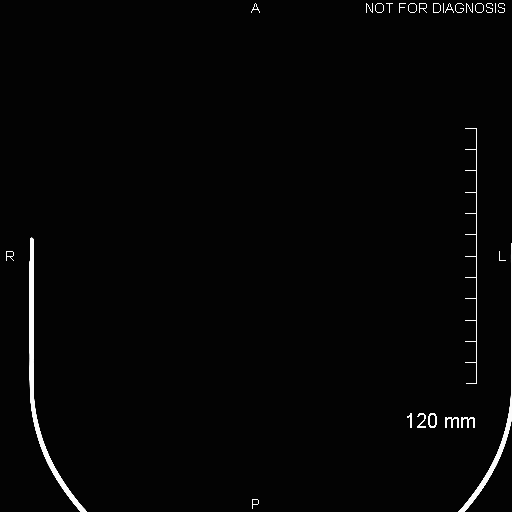
WDOT
Santiago Tavera

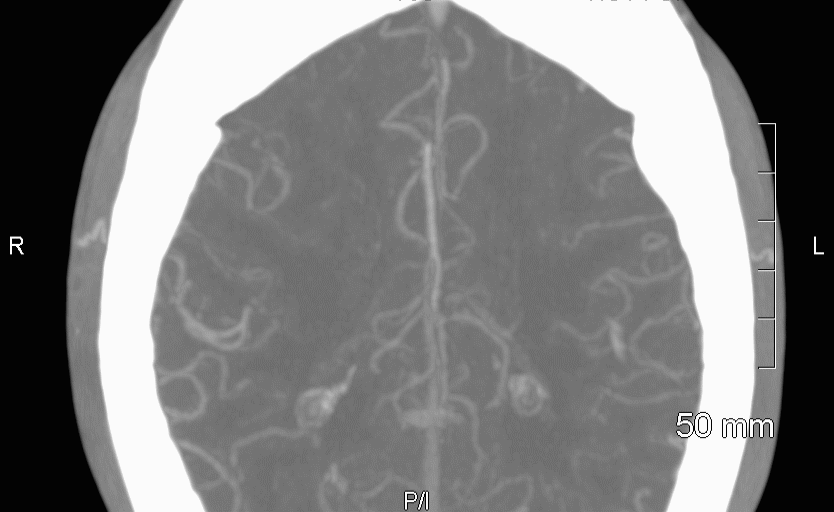
In response to the 17th Web residency, Undesired by the Market: Resting!, I propose to develop my research-creation project, WDOT. This will be an experimental 360 interactive web project that will start in Bogota, Colombia, where I will be supporting the recovery process of a close family member who has aphasia, a language impairment caused by a stroke. Western medicine emphasizes a critical period of 3 months for a patient’s recovery, ignoring the fact that a patient is a capable being that is full of potential beyond a specified limit of time. Due to my aunt’s aphasia, she constantly repeats in Spanish “Por qué uno piensa” (Why Does One Think) even though she intends to say something else, which has inspired the title of this project. As a queer POC, Colombian-Canadian artist, I am interested in investigating language as a ‘home space’, along with the concepts of identity, language barriers/acquisition and memory construction. By being in our home town and in a process of recovery in our mother tongue - Spanish, the concept of ‘home space’ will become a site of refuge where body and mind rest, where the self becomes its true form, and where identity and space collide. The goal of this “winter break” will be to heal, to regain identity, to rebuild connections, to relearn language, and to essentially find alternative ways of being. In my practice, I create immersive and interactive works that explore the ‘other’ body through digital media, with the goal of creating augmented simulations of migrant and queer narratives. WDOT aims to explore the concept of language as an extension of home, where identity, memories and the body are constantly being re-constructed and in flux. This project will explore what the possibilities are when there is a neurological and cerebral pause that breaks the quotidian and conventional of the everyday in someone’s life. What alternative perspectives and views of the self, of others and our surroundings develop during recovery; and finally, when physical ‘taps’, ‘circuits’ or neurological pathways shut down, what is the capacity of the human mind and body to rebuild identity and bridges of communication through neuroplasticity?
While in Bogota, I will assist my aunt attend the neurorehabilitation center, Mobility Group, which focuses on the integration of high technology to accomplish physical, cognitive and speech recovery. This residency will allow me to experiment with digital media creation in an emotional, yet powerful process of recovery, while being surrounded by experts, state of the art technologies and endless possibilities. I see language and experiential processes of engaging with each other as key elements that help us develop the self, identity and agency. Throughout the residency, I will work alongside my aunt, while reflecting on how often diverse individuals are taken into account and given access to virtual and digital works. Bodies with disabilities, or any body perceived as the ‘other’ based on imposed colonial, heterogeneous and patriarchal perspectives are often left outside of discourses around 360 virtual exploration. Therefore, the inclusion of voices from POC, queer, feminists, and individuals with a cognitive or physical impairment will be key in the development of WDOT. At the end of January, I will be returning to Montréal, Canada, where I will construct the experimental and engaging 360 web project with all the digital material gathered in Colombia. People will be able to navigate and interact with a series of 360 images and videos, MRI scans, EEG brain wave graphs, 3D Lidar sensor scans and models of the body, animated texts and audio recordings captured during the recovery process. High contrast imagery will also be used to further emphasize visual development of outlines, shapes and depth, which is part of recovery. My trip to Colombia and back to Canada is independent from the results of this residency, but the dates perfectly fit with my travel plans.
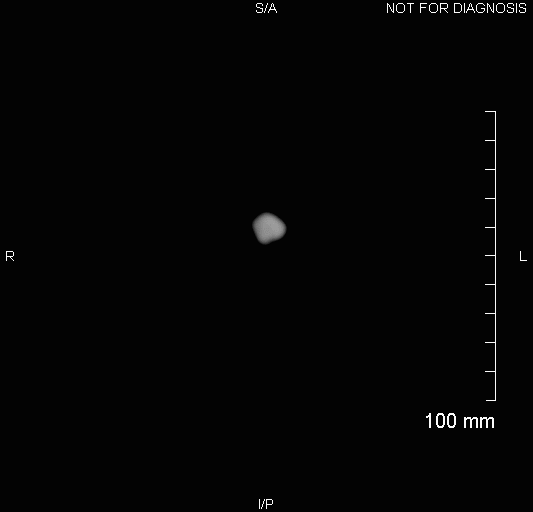

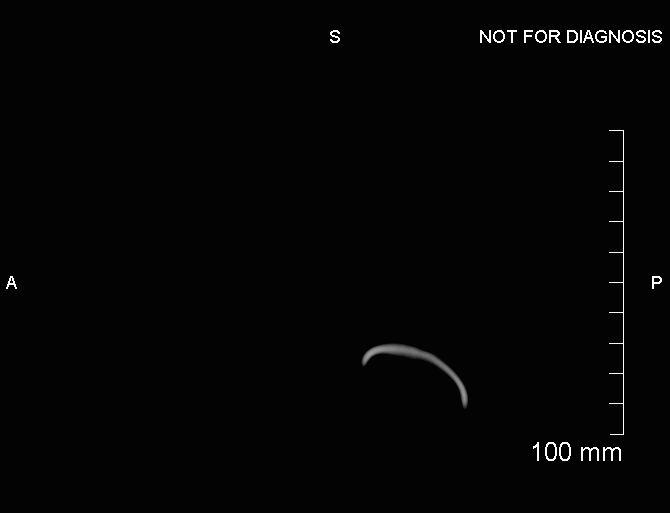
ARTIST BIOGRAPHY
SANTIAGO TAVERA is a Colombian-Canadian artist based in Montréal. Tavera’s practice revolves around constructing immersive and interactive projects that expand the body and visual perception through digital media, to evoke virtual simulations of migrant and queer narratives of dislocation. In Tavera’s work, mixed media compositions of videos, 3D graphic animations, text, sound and architectural elements create blurred experiences of physical and virtual spatial embodiments. Tavera’s projects have been supported by the Canada Council for the Arts, Le Conseil des arts et des lettres du Québec, and the Ministry of Culture of Colombia, and presented in Canada at Optica, une centre d’art contemporain, MAI-Montréal, arts interculturels, Articule, SUR Gallery, Agence TOPO, Montréal’s 3rd International Digital Art Biennial, Interaccess, Forest City Gallery, as well as Internationally at the International Art Fair of Bogota-ARTBO, the Images Festival of Manizales, the International Symposium on Electronic Art-ISEA (Colombia), La Galeria de Arte e Pesquisa–UFES (Brazil), Solange Guez + Arte Contemporaneo (Argentina), Laboratório de Arte Alameda (México), and Centro Cultural Rogelio Salmona (Colombia), Tavera holds a Master of Fine Arts in Intermedia from Concordia University, and a Bachelor of Arts with an Honor Specialization in Visual Arts and a Major in Psychology from Western University.
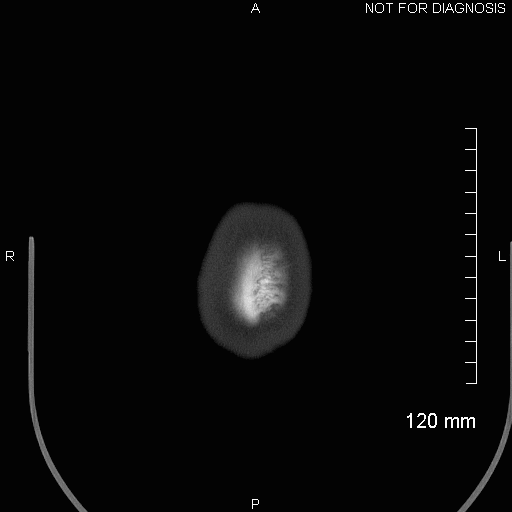
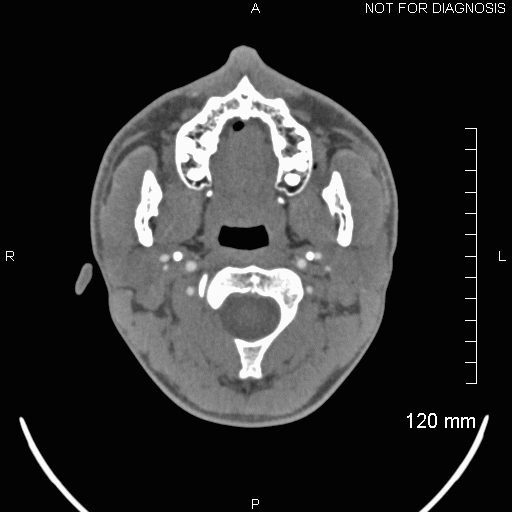
PORTFOLIO
WEB, VIDEO & INSTALLATION PROJECTS (2018-2021)
www.jardinesvirtuales.com (2020)
Web project presented online at The International Art Fair - ARTBO, Colombia
Camouflaged Screams (2021)
Interactive Installation presented at OPTICA - Centre d'art contemporain, Canada
Live Despecho (2018)
VR, performance and video installation presented at Gallery Articule, Canada
If I saw you, I don’t Remember (2020)
Immersive installation presented at MAI - Montreal, arts interculturel, Canada
Reverberations of a Topological Daydream (2018)
Immersive video and VR installation presented at
Maison de la Culture de Parc-Extension, Canada
Topological [Yellow] Daydream (2018-2020)
Interactive video installation presented at Maison de la Culture NDG, Canada